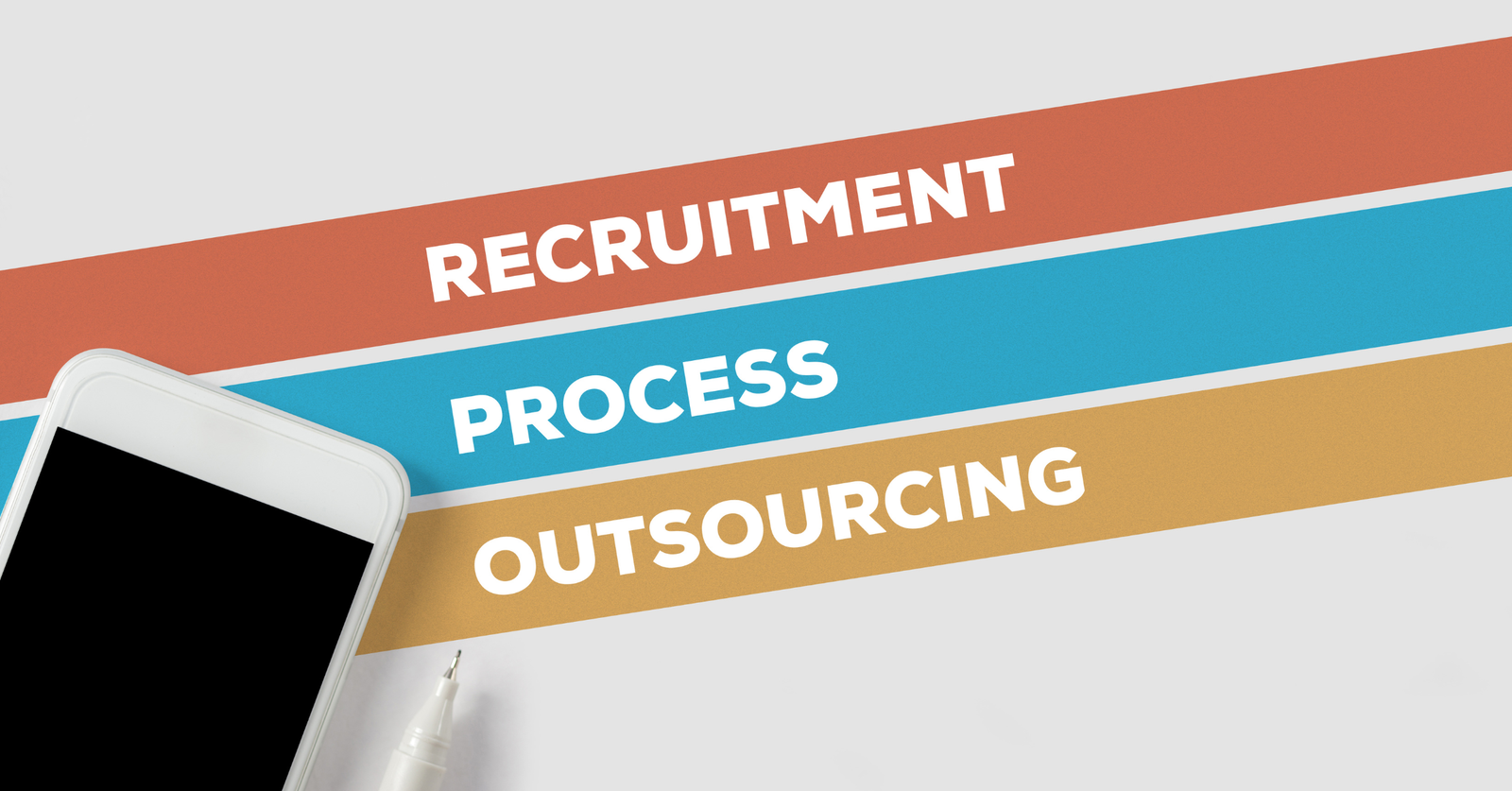Recruitment today is not just about filling vacancies—it’s about finding the right people, at the right time, in the most cost-effective way. For many organizations, especially those scaling quickly or facing high-volume hiring needs, Recruitment Process Outsourcing (RPO) has become a powerful solution.
RPO is when a company hands over all or part of its recruitment activities to an external service provider. These providers bring in specialized expertise, technology, and networks to streamline hiring, reduce costs, and ensure quality.
But how exactly does RPO work? Let’s break down the six key steps of the Recruitment Process Outsourcing model.
Step 1: Workforce Planning and Requirement Analysis
Every successful recruitment strategy begins with workforce planning. In this stage, the RPO provider collaborates with the company’s HR and leadership teams to understand:
- Current and future workforce requirements
- Hiring timelines and urgency
- Job descriptions, skill gaps, and role expectations
- Cultural fit and employer branding considerations
This step ensures that the RPO provider has a clear roadmap of the hiring needs and can design a strategy tailored to the company’s business goals.
Example: A retail chain planning to open 50 new outlets may require thousands of staff. The RPO provider will align hiring with the expansion timeline to avoid delays.
Step 2: Talent Sourcing Strategy
Once requirements are defined, the next step is to build a sourcing strategy. RPO providers use multiple channels to identify potential candidates, such as:
- Job boards and portals
- Social media platforms (LinkedIn, Instagram, Twitter)
- Employee referral programs
- Campus hiring and job fairs
- Niche talent communities
Unlike traditional recruiting, RPO providers focus on proactive sourcing—building pipelines of candidates even before vacancies arise. This reduces the time-to-fill and ensures quick response to urgent needs.
Step 3: Screening and Shortlisting
Screening is one of the most time-consuming tasks for internal HR teams. RPO providers use advanced Applicant Tracking Systems (ATS) and AI-driven tools to:
- Parse resumes accurately
- Assess skills through online tests
- Conduct behavioral and psychometric assessments
- Identify the best-fit candidates based on data
At this stage, recruiters don’t just rely on keywords in resumes—they evaluate candidates holistically, considering both technical and soft skills.
Result: Only the most relevant candidates are shortlisted and moved to the next stage, saving time for hiring managers.
Step 4: Interview Coordination and Assessment
Managing interviews for dozens—or sometimes hundreds—of candidates can be overwhelming. RPO providers handle the entire interview management process, which includes:
- Scheduling interviews between candidates and managers
- Setting up online or in-person interview platforms
- Conducting structured interviews and skill assessments
- Gathering interview feedback systematically
This ensures that hiring managers focus only on decision-making, while the RPO team takes care of all logistics.
Step 5: Offer Management and Onboarding
Once a candidate is selected, the RPO provider assists in the offer negotiation and onboarding process. This includes:
- Drafting and rolling out offer letters quickly
- Negotiating compensation and benefits within company policies
- Handling candidate queries to prevent dropouts
- Coordinating pre-joining formalities and background checks
- Designing onboarding programs to integrate new hires smoothly
By ensuring a seamless experience, RPO reduces candidate drop-offs and improves offer acceptance rates.
Step 6: Reporting, Analytics, and Continuous Improvement
The final step is where RPO providers truly stand out—they don’t just stop at hiring but provide data-driven insights to improve future recruitment.
They track key recruitment metrics such as:
- Time-to-hire
- Cost-per-hire
- Candidate satisfaction scores
- Source effectiveness (which channel delivers the best talent)
- Diversity hiring statistics
Through analytics and reporting, companies can continuously refine their talent acquisition strategy and ensure alignment with business growth.
Benefits of Following the RPO 6-Step Process
- Faster Hiring: Standardized processes reduce delays.
- Better Candidate Quality: AI and structured assessments ensure skill-based hiring.
- Scalability: Perfect for businesses with seasonal or bulk hiring needs.
- Cost Efficiency: Reduces internal HR workload and cost-per-hire.
- Improved Candidate Experience: Streamlined processes create a positive employer brand image.
Key Takeaways
- Recruitment Process Outsourcing (RPO) is a strategic way to manage hiring by outsourcing it to experts.
- The six steps in RPO are: Workforce Planning → Talent Sourcing → Screening → Interview Management → Offer & Onboarding → Reporting & Analytics.
- Each step ensures efficiency, reduces costs, and improves candidate quality.
- Companies adopting RPO not only fill positions faster but also build a future-ready workforce.
Frequently Asked Questions (FAQs)
Q1. Is RPO suitable only for large companies?
No, even small and mid-sized businesses use RPO to save time and access high-quality talent.
Q2. How is RPO different from traditional recruitment agencies?
Recruitment agencies focus on filling roles, while RPO providers manage the entire hiring process and provide analytics-driven improvements.
Q3. Can RPO handle bulk hiring?
Yes, RPO is especially effective for industries like IT, BPO, retail, and manufacturing where bulk hiring is common.
Q4. Is RPO cost-effective?
Yes, by reducing time-to-hire, improving candidate fit, and lowering turnover, RPO often proves more cost-efficient than in-house recruiting.
Q5. Does RPO replace an internal HR team?
Not at all. It complements internal HR by taking over recruitment processes, allowing HR teams to focus on employee engagement and retention.





